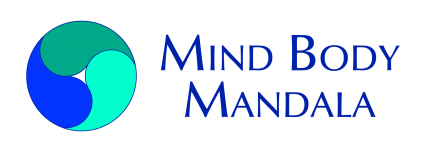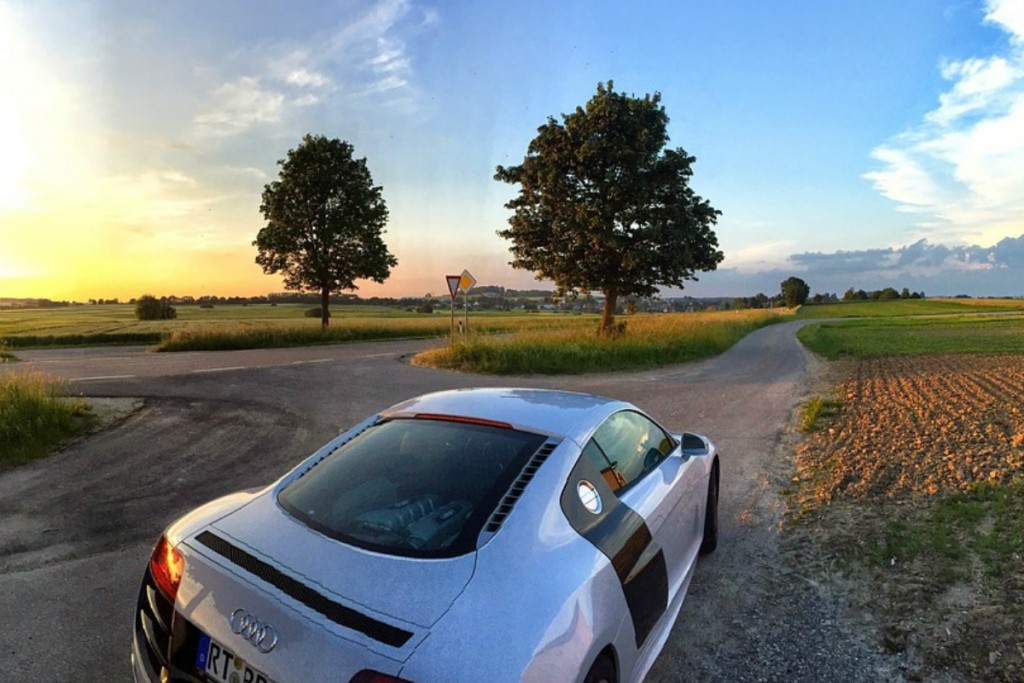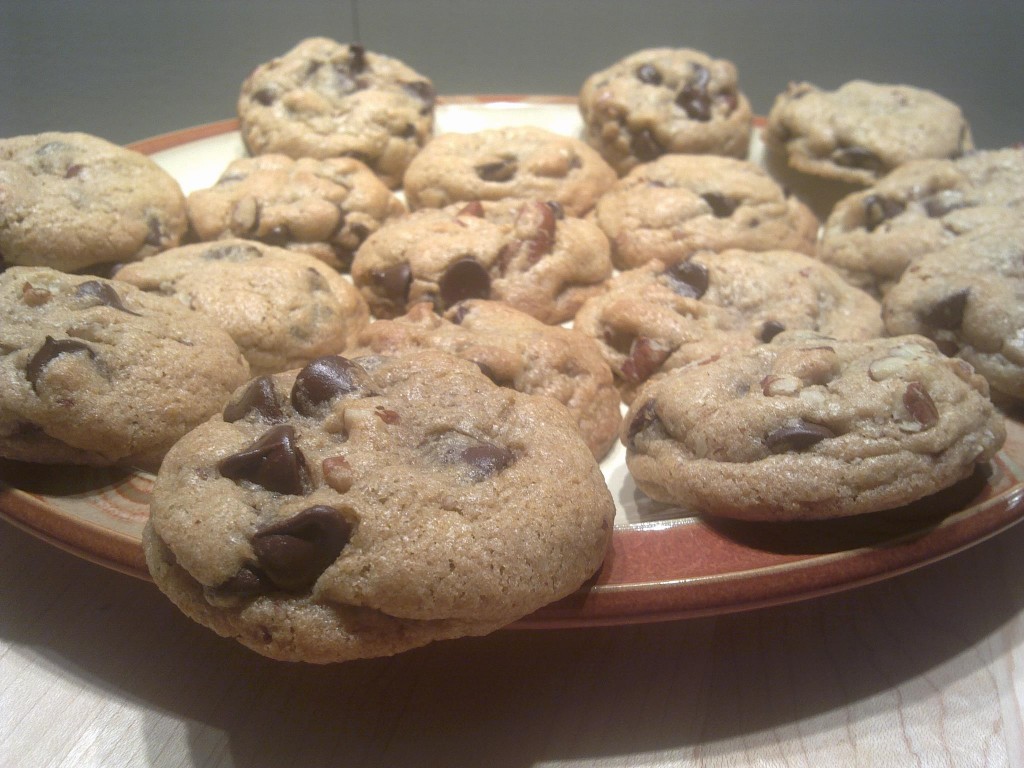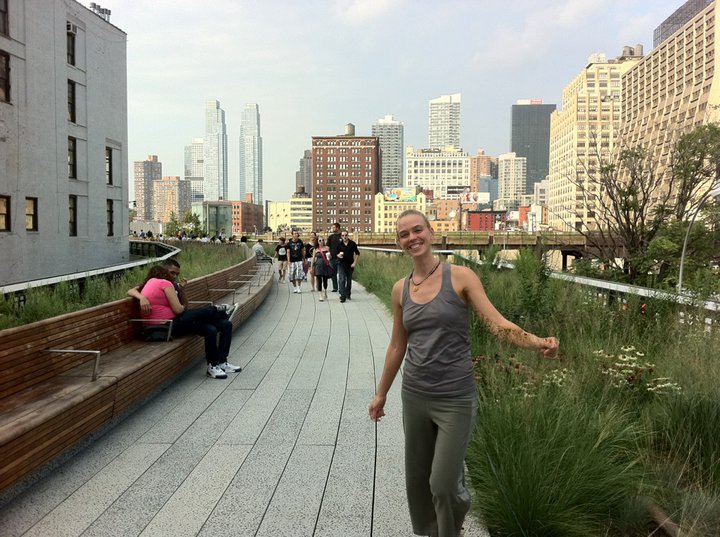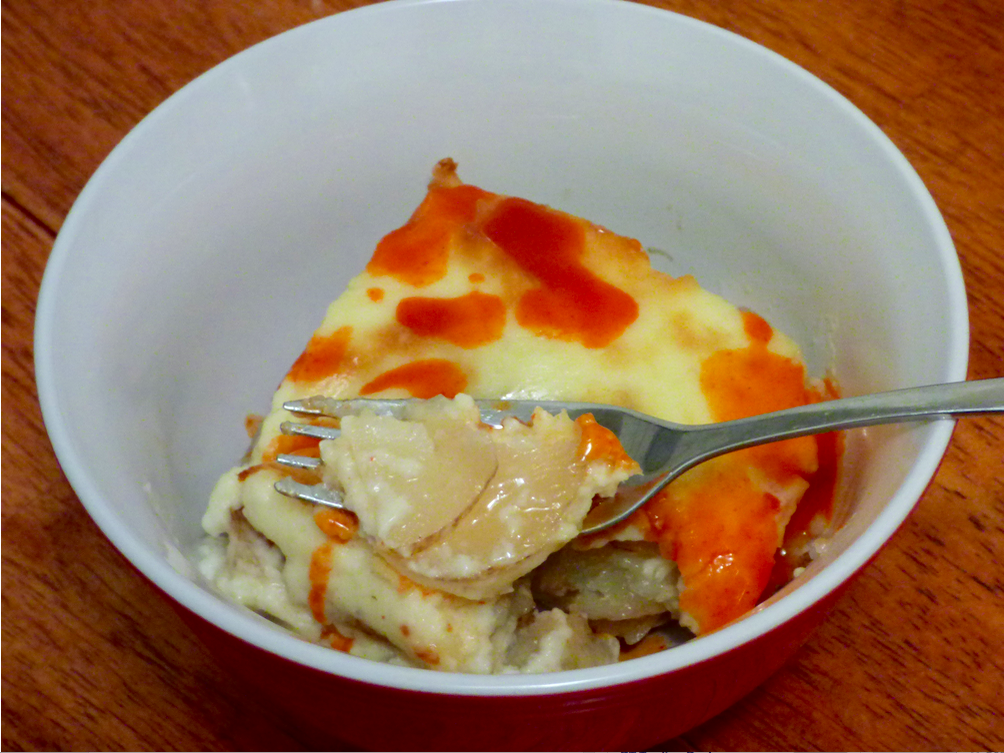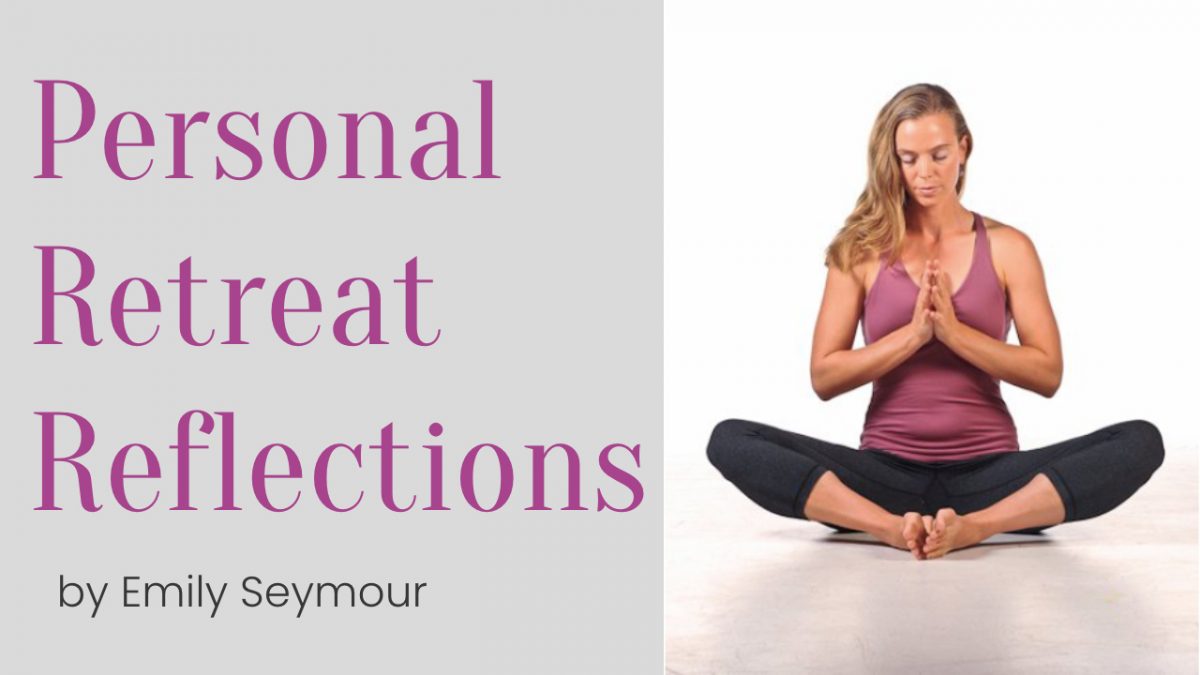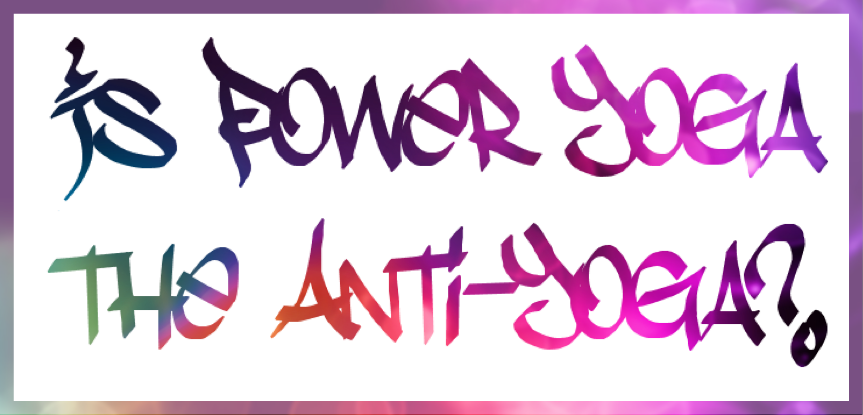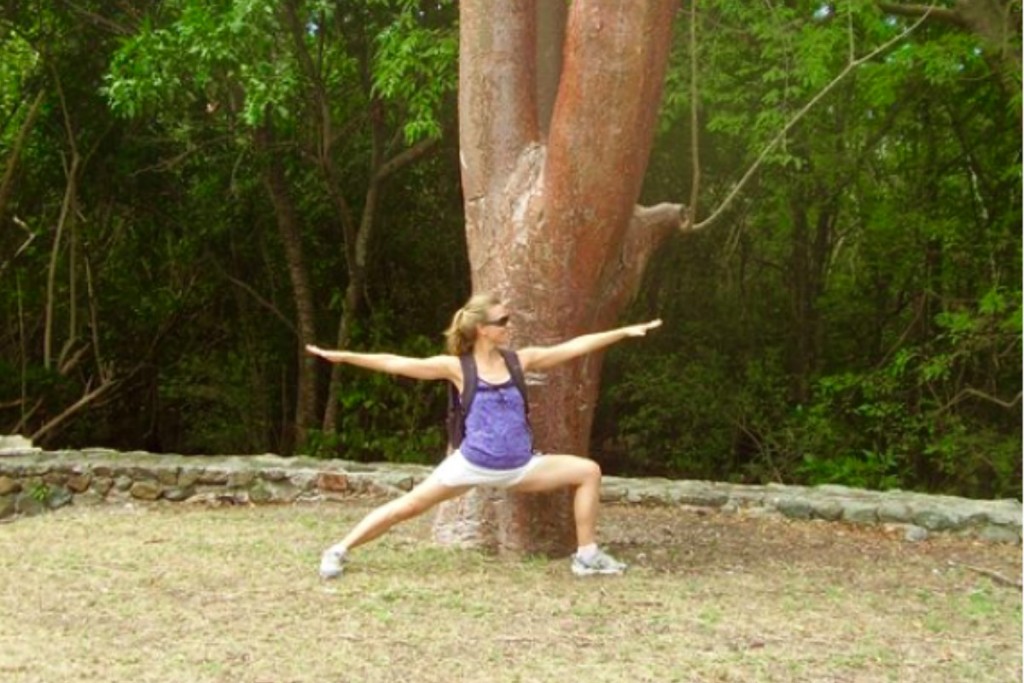 Cross-training with yoga is a popular discussion topic these days and people will sometimes ask me if I lift weights or do cardio. There are ways to effectively combine Eastern and Western forms of exercise but there are a few common mistakes to avoid.
Cross-training with yoga is a popular discussion topic these days and people will sometimes ask me if I lift weights or do cardio. There are ways to effectively combine Eastern and Western forms of exercise but there are a few common mistakes to avoid.
To be clear, when I’m using the word yoga in this context I’m talking about the physical practice of asana, not the 5,000+ year old tradition. Asana-based yoga classes are the most recent evolution of the 1980’s aerobics fad and most YMCA’s, gyms and health clubs offer a variety of them. Yet many of these businesses do not educate their clientele on how to safely incorporate yoga into their work outs.
Contractive vs. expansive strength training.
Free weight training is designed to build strength by repeatedly contracting the muscle towards the central axis of the body. Yoga poses such as Warrior 2 build strength by holding the posture and lengthening the muscles away from the central axis of the body. Contractive strength training shortens the muscle whereas expansive strengthening promotes a balance of strength and flexibility.
People who practice routine contractive strength training (such as bodybuilders) may have a tough time holding poses like Warrior 2. If you’ve been weightlifting regularly and want to start practicing yoga it can helpful to switch to lighter weights. There are some corporate yoga studios that offer classes that combine light weight training with yoga.
Asana and Cardio.
Any kind of joint impacting exercise should be done BEFORE practicing yoga. Asana opens the joints so it’s counterintuitive to run on a treadmill after practicing yoga. While there are cardio machines like exercise bikes and ellipticals that don’t impact the joints they do tighten the muscles. It’s a good idea to stretch for five minutes before doing cardio and then do an extended yoga practice afterwards.
A good warm up is key.
It’s worth mentioning another potential safety issue that frequently happens in gym settings. Oftentimes members arrive well after a class has started, sometimes as much as a half hour into the class, or else they might leave early. Many instructors don’t say anything as the success of a class is based on attendance numbers, but this can be quite dangerous.
For your safety you should plan on attending a group yoga class from start to finish. You wouldn’t jump on a treadmill and start out at peak speed, nor would you end a weight lifting session without a little stretching. Just like any other system of exercise there is a formula to a yoga class, and this formula is designed to give you optimal results.
Thinking about cross-training with yoga? I’d love to speak with you. Book a free no-obligation consultation today.
